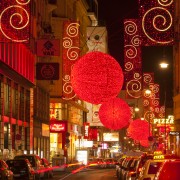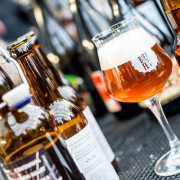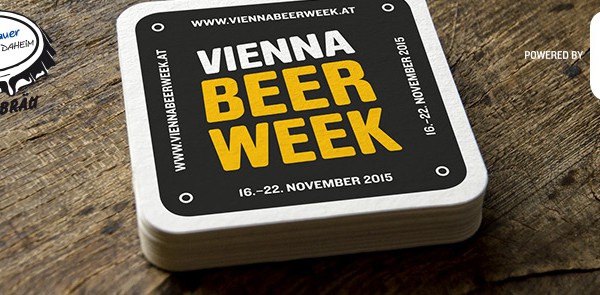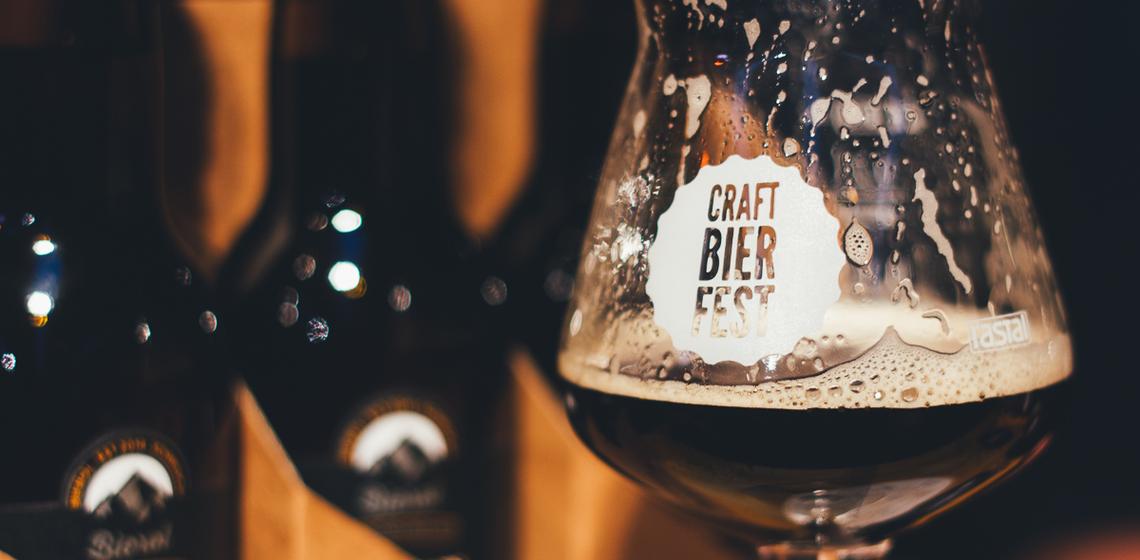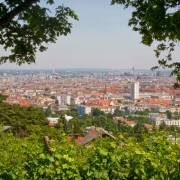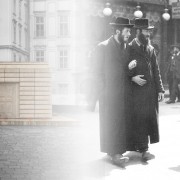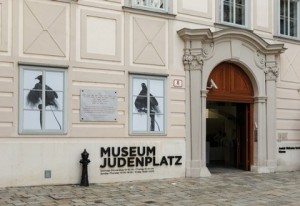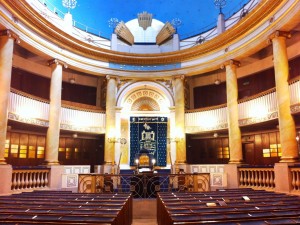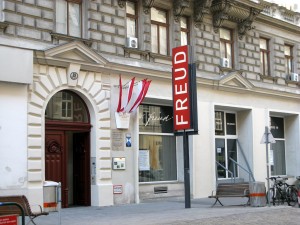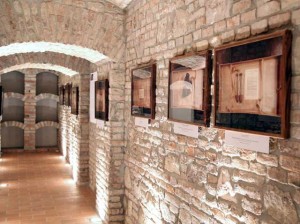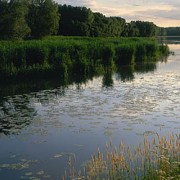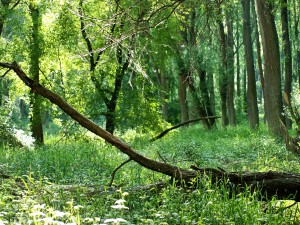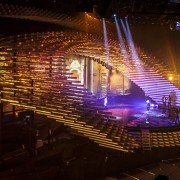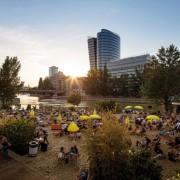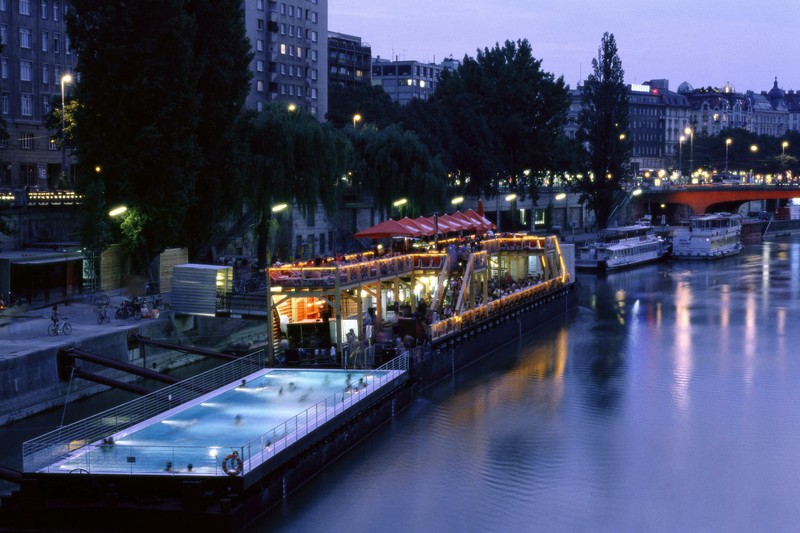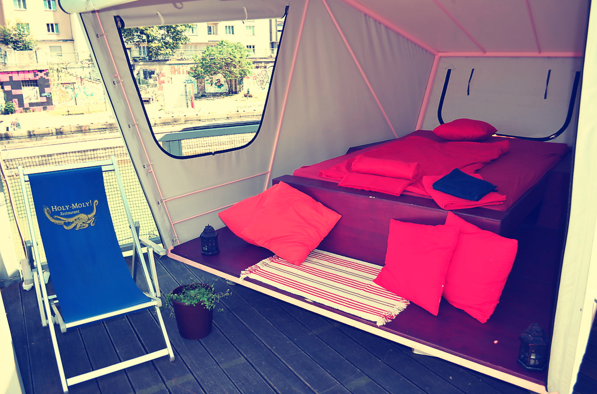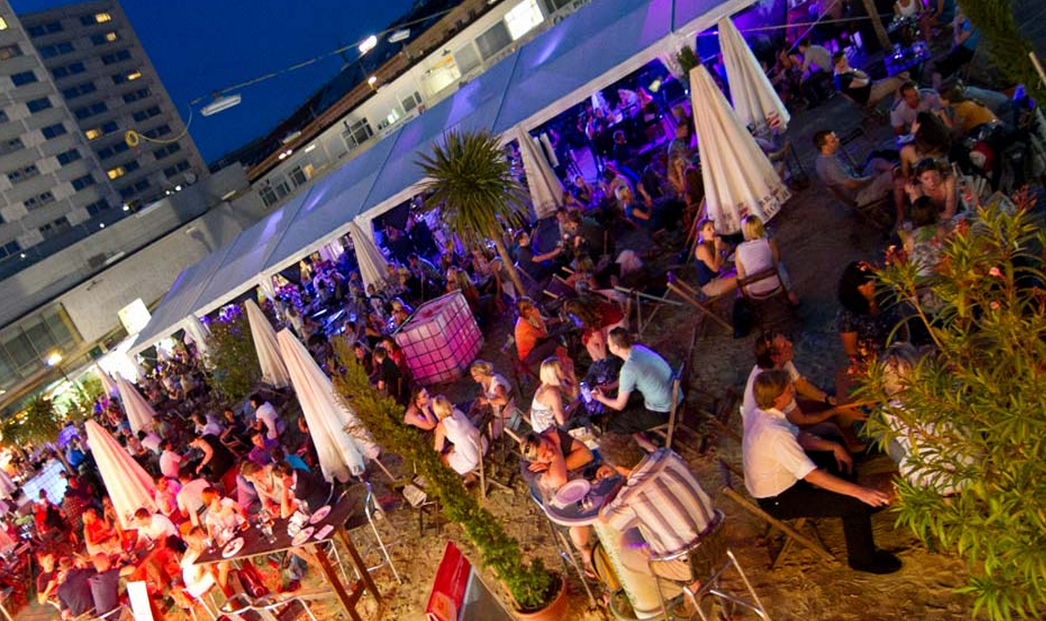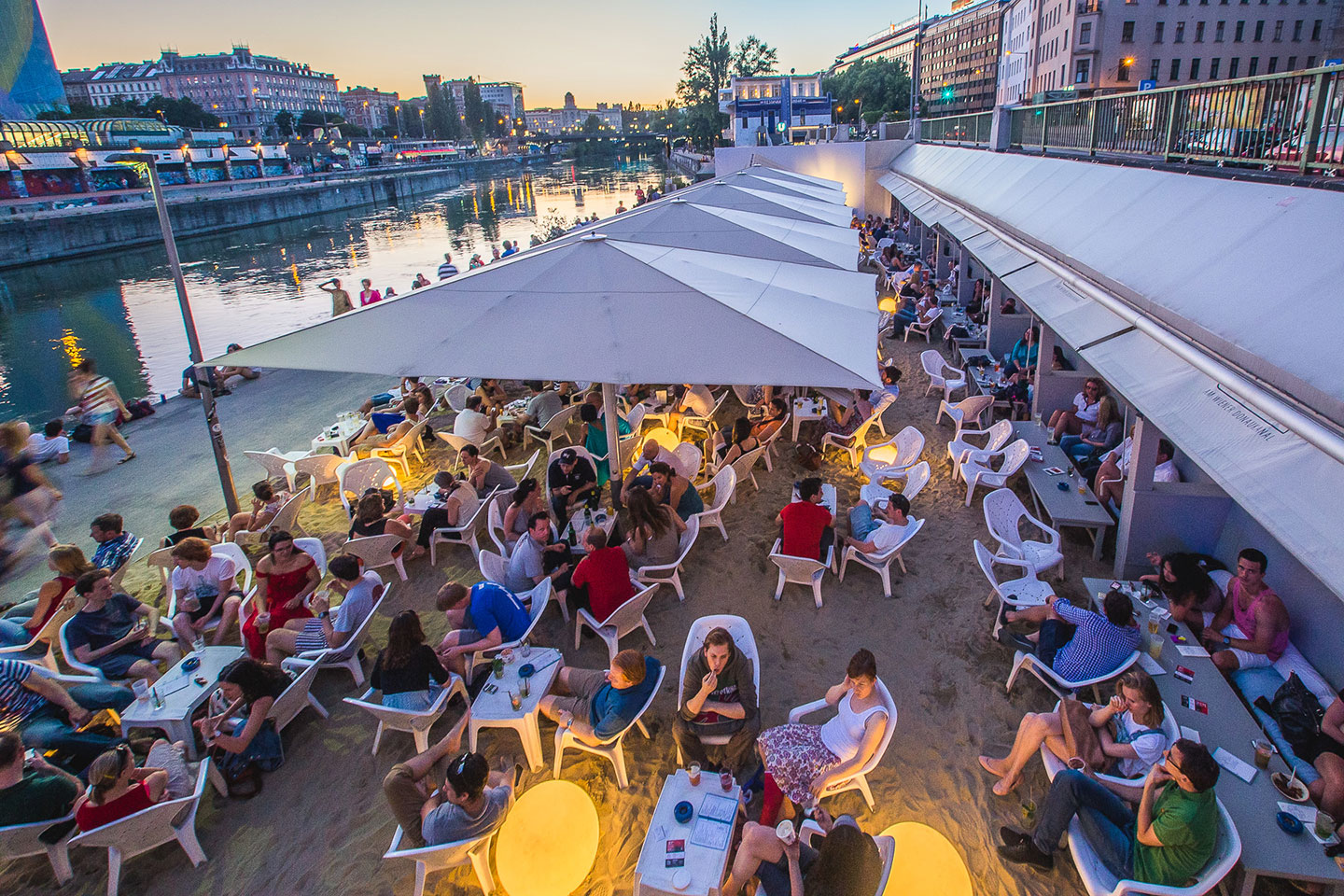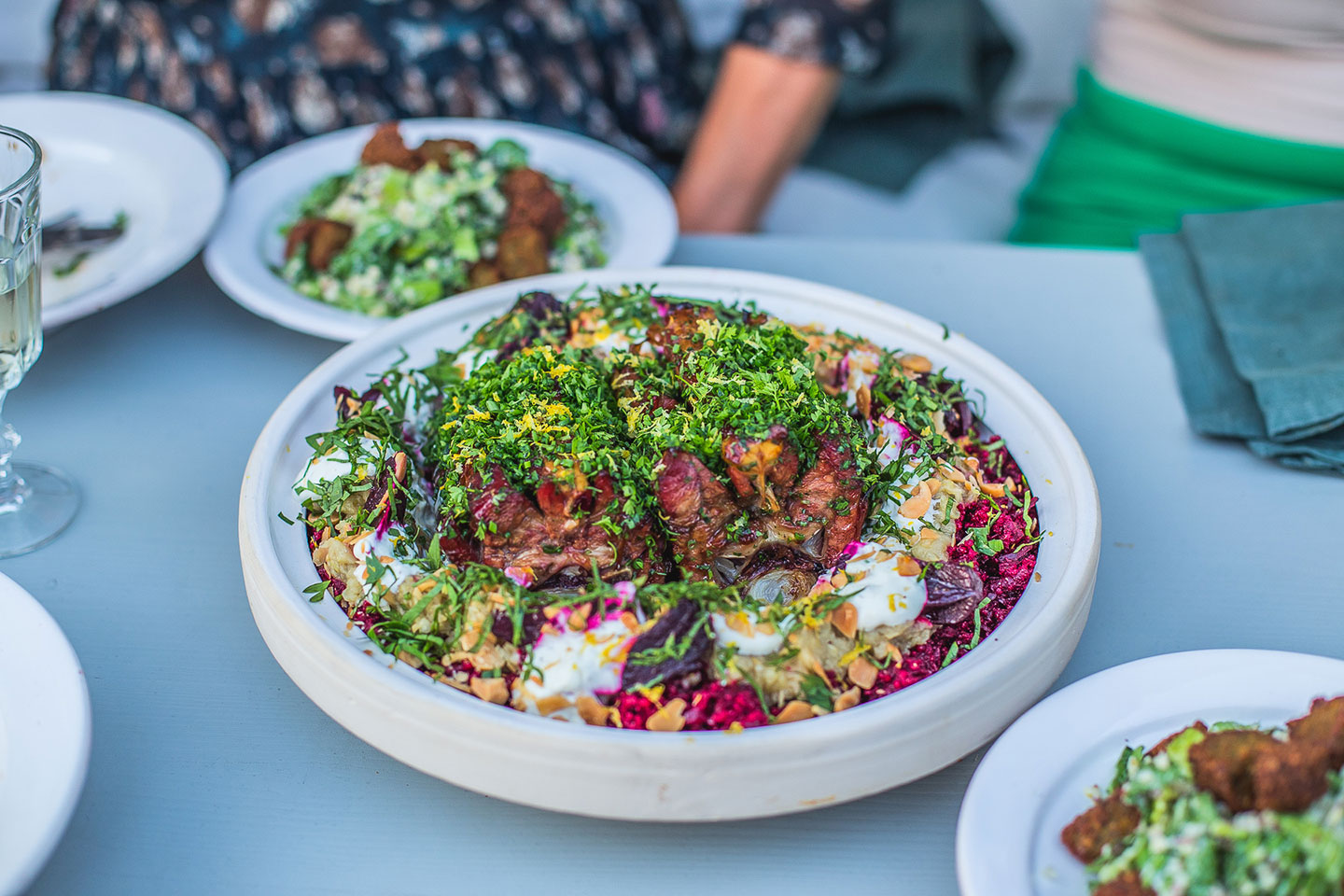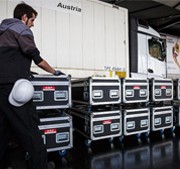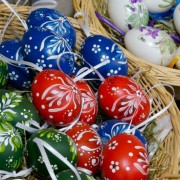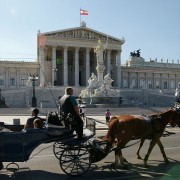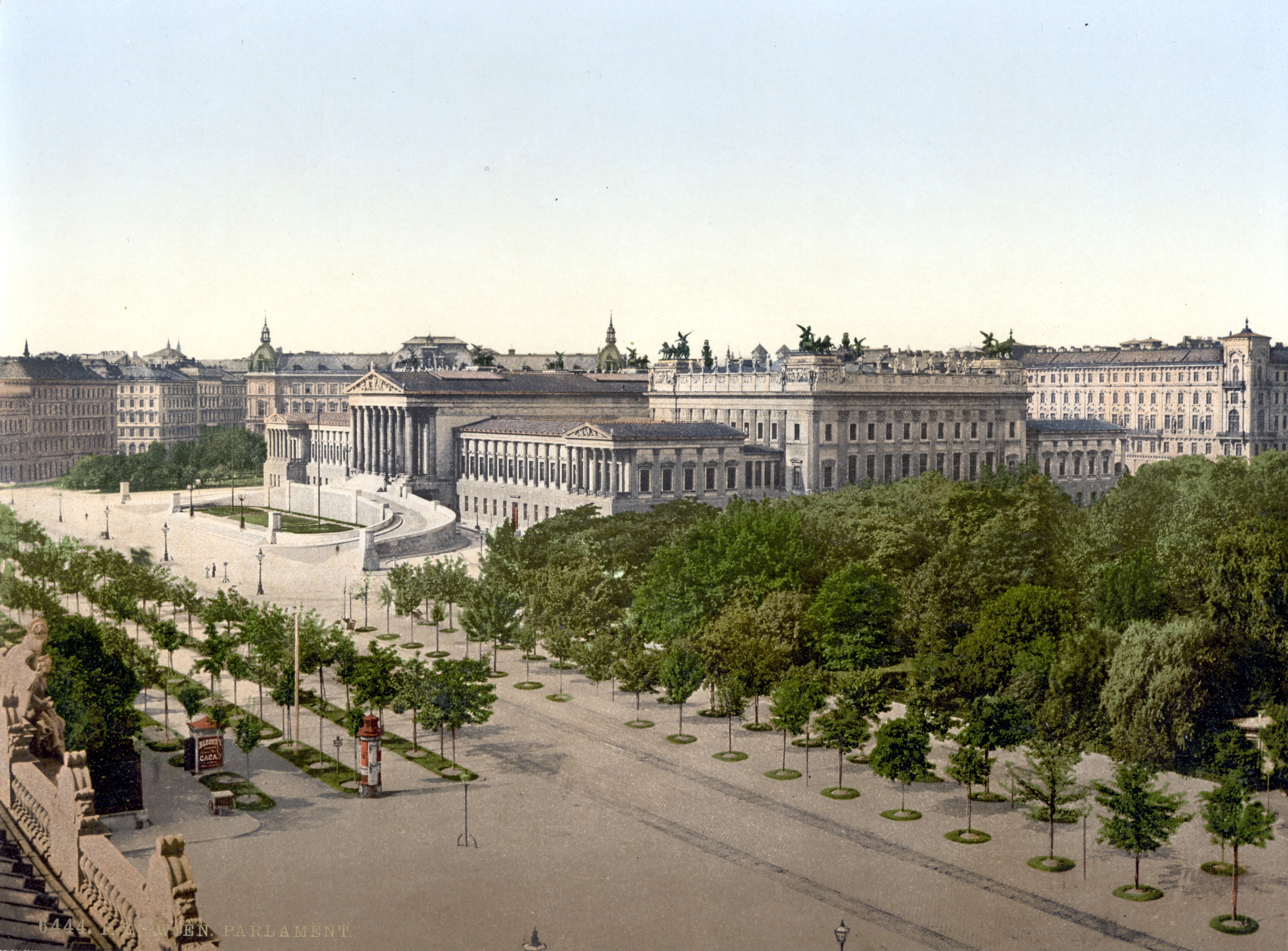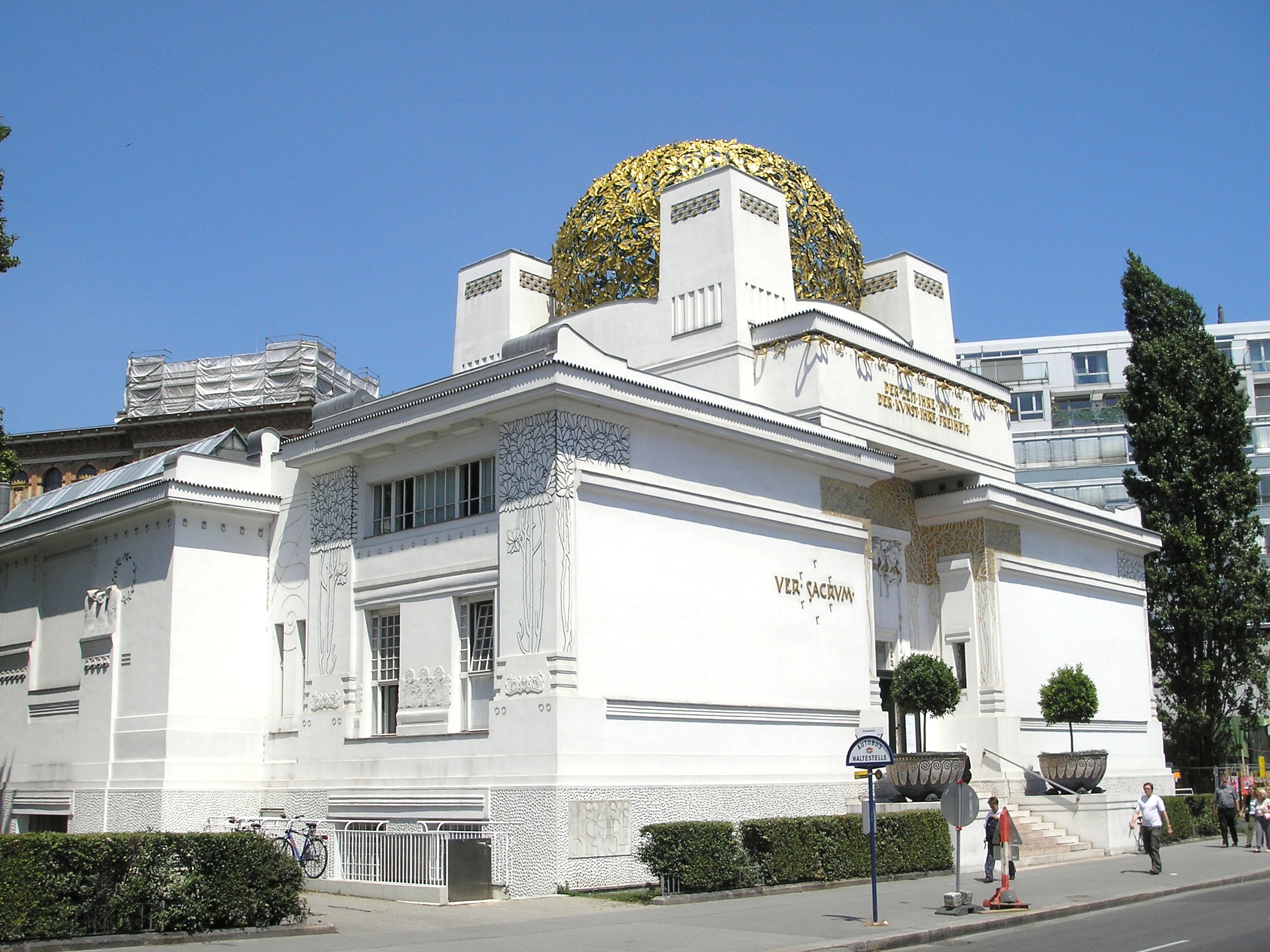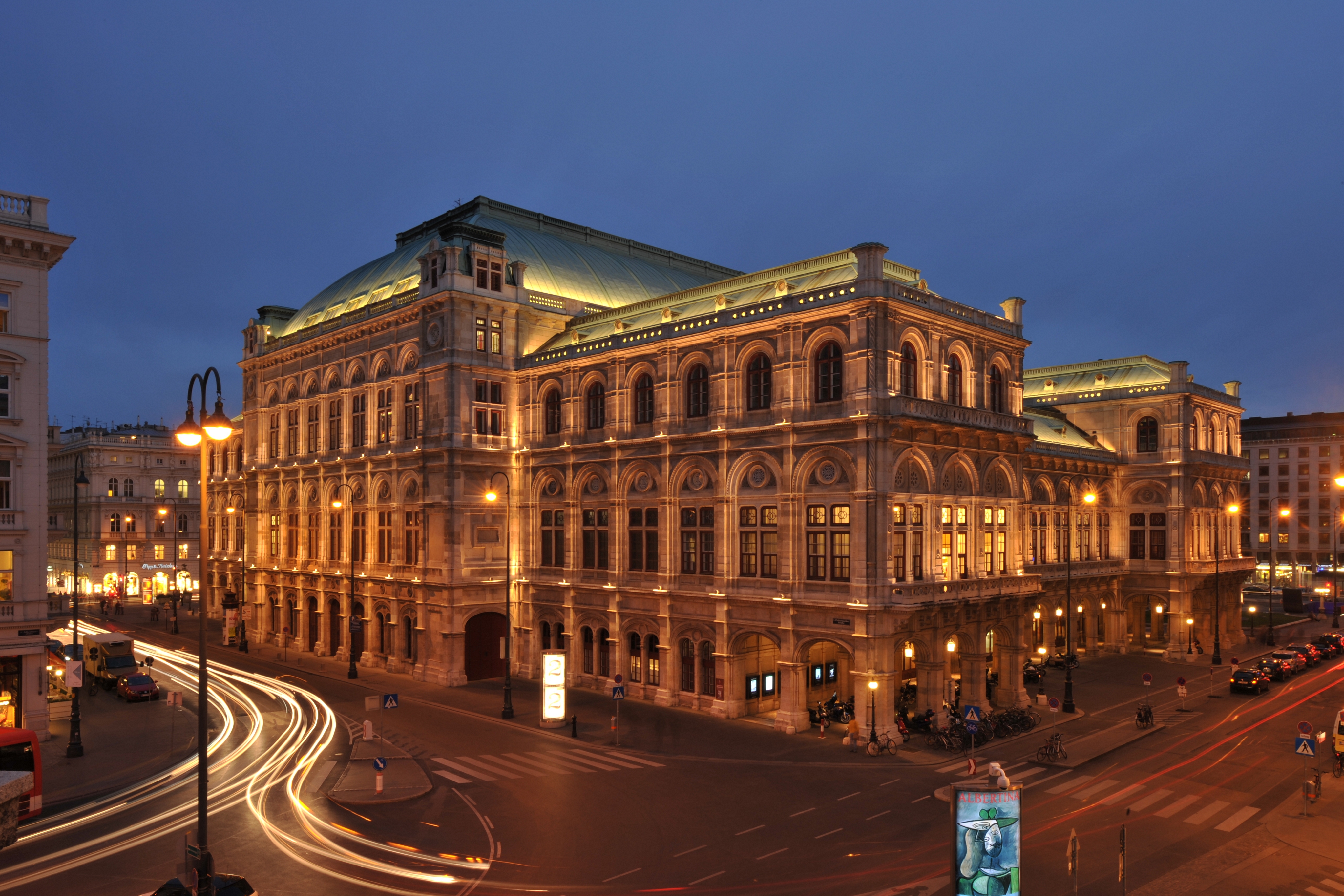In Austria Christmas is the most important family celebration of the year. Usually the whole family gets together and celebrates Christmas under one roof. Normally some traditions are developed and kept during Christmas. Thereby Christmas dinner takes in a crucial role. Even if it differs from family to family there are some classic dishes which can be associated with Christmas. This year we would love to present you some of the most important ones. With our recipes you can easily try to cook them at home as well.
Stuffed Christmas goose with red cabbage

Christmas goose
One of Austria’s most famous Christmas dinner is definitely the Christmas goose. In fact this dish is a load of work and you need some experience to keep the meet juicy but if you serve it and everyone is cherry-picking the best pieces you know it was worth the effort. With our recipe we go for the traditional version served with stuffing and red cabbage. This is one of the most time consuming ways to cook your goose. If you have less time you can also serve convenience croquettes.
Stuffed Christmas goose
 Firstly you have to prepare the stuffing. Therefore you cut the onions into really small pieces und fry them in a pan. Add the parsley and stir shortly. Take the pan from the heat.
Firstly you have to prepare the stuffing. Therefore you cut the onions into really small pieces und fry them in a pan. Add the parsley and stir shortly. Take the pan from the heat.
In the next step you cut in the chestnut and boil them in water until they are soft. Let them cool down and cut them into small pieces.
Cut the buns into small pieces and mix them with the onions, cream, eggs and egg yolks and season with salt and pepper. If the mixture is too soft you can add some white bread crumbs. If it is too hard just add some milk.
Heat up the oven to 220 °C. Cut off pinions, neck and big fat pads inside and season with salt and pepper. Stuff the goose with the mixture and sew the open end with a butcher’s string. If your goose is very greasily you should recess the goose with a fork. Fill your pan with water for 1 cm and add the goose with the chest facing the bottom. Roast the goose for 15 minutes.
Then you change the temperature slowly until it reaches 160 °C. Roast it for two hours. Sprinkle it from time to time with its own meat juice. After an hour you should turn the goose. If only clear juice spills out after recessing the goose it is well done.
Cut up the goose and keep the stuffing warm. Thicken the sauce with flour. Heat your oven to the maximum and roast the goose pieces until they are crispy. Serve it with the stuffing and the meat juice.
Red cabbage
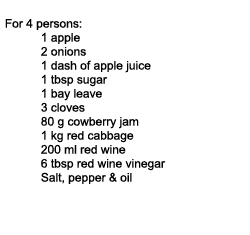 Cut the red cabbage into half, remove the stalk and cut it with a vegetable shredder. Peel and stone the apples rub it with a vegetable shredder.
Cut the red cabbage into half, remove the stalk and cut it with a vegetable shredder. Peel and stone the apples rub it with a vegetable shredder.
Mix cabbage, apples, vinegar, apple juice, wine and cowberry jam with cloves and bay leaves. If you have the time let it rest for the night.
Cut the onion into thin slices and fry it. Add sugar and wait until it gets brown. Add the mixture and steam it for 40 minutes.
Remove the cloves and bay leaves and season with salt and pepper.
Christmas carp with potatoes and vegetable

Traditional carp in the oven
A comparably simple but delicious dish is the classic Christmas carp. The carp is a fresh water fish with very strong, white meat. Therefore it perfectly suits for roasting. Just a hint: it is not the original recipe but very yummy – serve some lemon risotto.
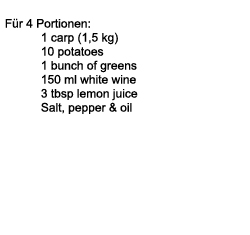 Cook the potatoes for 20 minutes with the peel until they are half done.
Cook the potatoes for 20 minutes with the peel until they are half done.
Wash the carp and remove the scurf. Baste with lemon juice and keep it cold.
Wash the vegetable and cut it into slices. Season the carp with salt and pepper and put the potatoes into the carp’s chest.
Put the fish into the pan and add butter. Add wine, vegetables and the remaining potatoes. Put a lid on the pan and cook it for 1 hour at 180 – 200 °C. Put the carp on a big plate and serve it with the potatoes and vegetable.
Bratwurst with sauerkraut and roasted potatoes

Roasted sausages with sauerkraut
Another Christmas classic for dinner is sausages with sauerkraut and potatoes. The bratwurst – fried sausage – has a long tradition in Austria and it is eaten with many different side dishes all year round. We decided to go for the balanced dish with roasted potatoes. You can also eat buns or salted potatoes instead. However sauerkraut is a must ;). You have to fry the sausages for a few minutes on medium heat until they turn brown.
Sauerkraut
 Sauerkraut is fermented cabbage and it is served to a lot of dishes in Austria. Especially during the winter Sauerkraut was eaten a lot as it contains many vitamins and can be stored for a long time. However the fermenting process takes about 4 weeks. That’s why you can buy sauerkraut at every supermarket in Austria. But for perfect sauerkraut you should always refine the packaged one from the supermarket.
Sauerkraut is fermented cabbage and it is served to a lot of dishes in Austria. Especially during the winter Sauerkraut was eaten a lot as it contains many vitamins and can be stored for a long time. However the fermenting process takes about 4 weeks. That’s why you can buy sauerkraut at every supermarket in Austria. But for perfect sauerkraut you should always refine the packaged one from the supermarket.
Firstly cut onion and bacon into small pieces. Fry it with some oil and garlic in a pan and add sugar. Add the beef broth, juniper berries, bay leaves and cumin and season with salt and pepper. Wash the sauerkraut, put it in the pan and simmer it for an hour.
Roasted potatoes
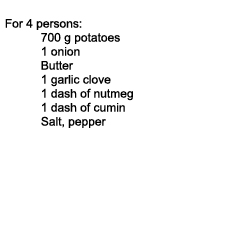 Cook potatoes with the peel. Shortly before they are done you take them out, peel it and cut into 5mm thick rings.
Cook potatoes with the peel. Shortly before they are done you take them out, peel it and cut into 5mm thick rings.
Finally cut the onion and heat up with some garlic in the pan. Add the potatoes and roast it until the potatoes turn brown and crispy.
Season it with salt, pepper, nutmeg and cumin.
Last but not least we wish you happy cooking and Merry Christmas from Austria!

